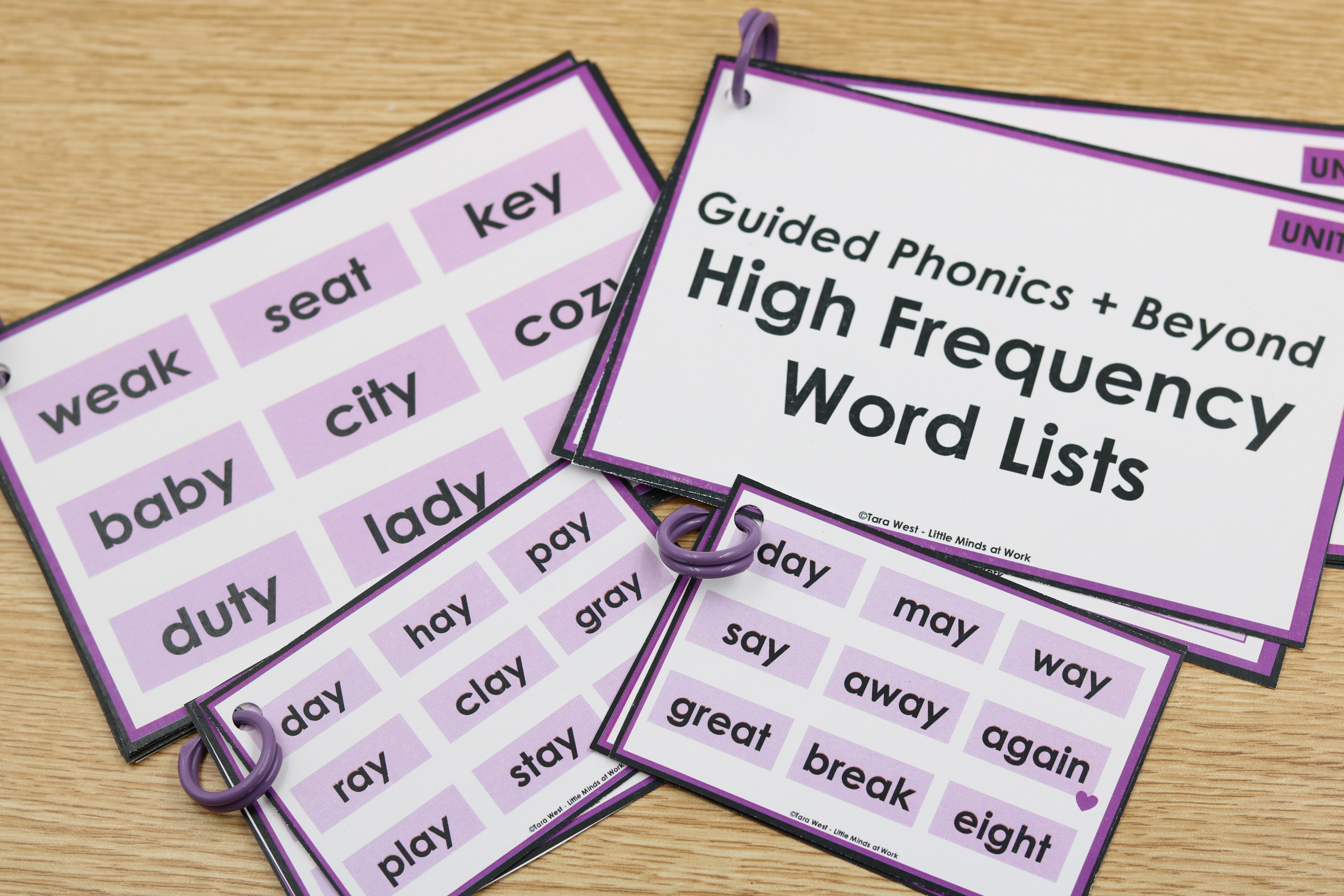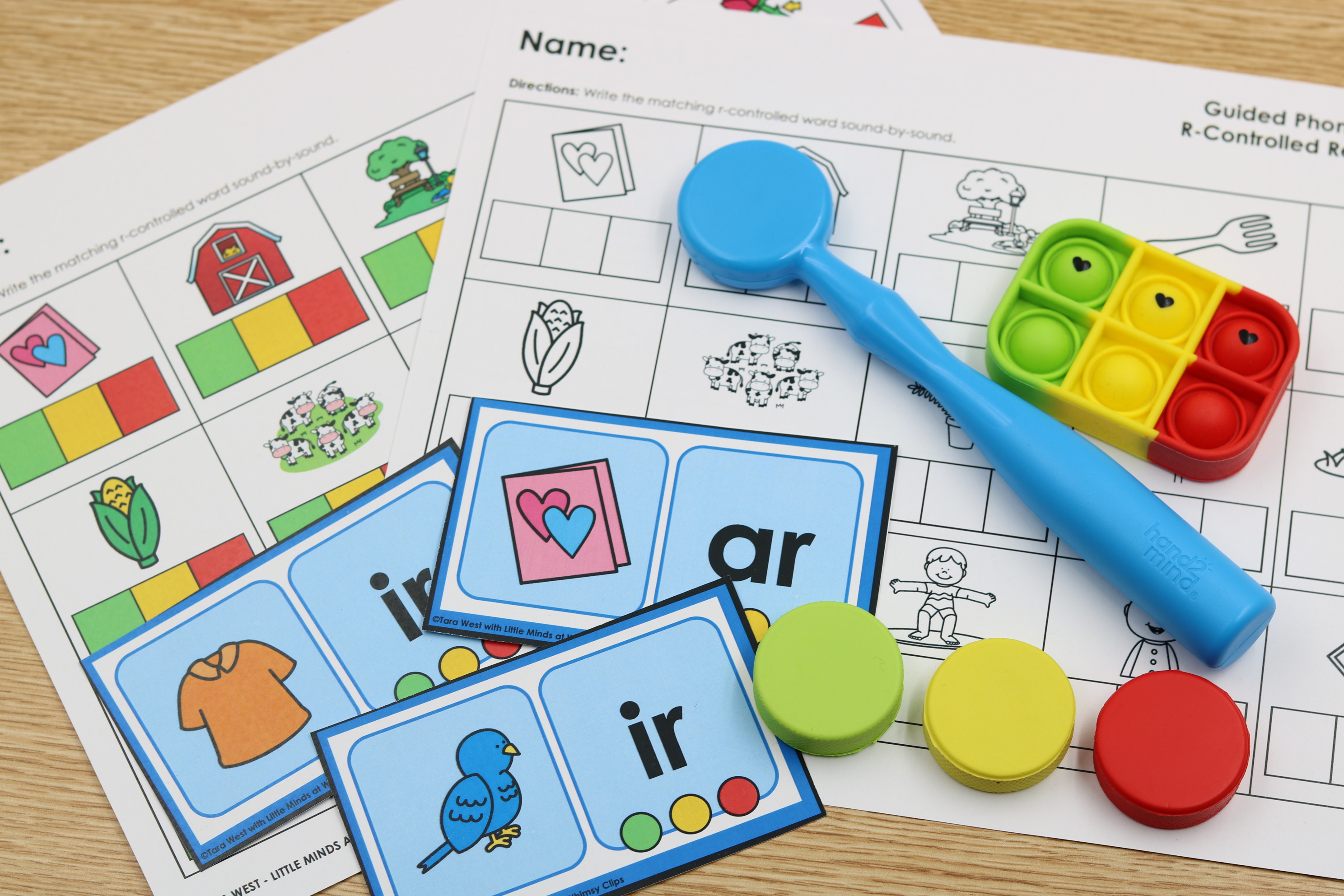One of the most common frustrations I hear from kindergarten and early elementary...
I’ve been so excited to get this post together for y’all! First off, I will be completely honest and say that before this year if someone would have asked me what close reading was I would have said something like, “uhh?? hmm? well…” Luckily I am beyond blessed to work in a district that is always striving to stay ahead of what’s new and exciting out there in the educational world. We’ve had a few PD sessions on close reading and I am still learning a lot…with lot’s more to learn! For me, I had to just do it myself before I could REALLY grasp the task at hand. Once I sat down with my first book…my absolutely favorite book; Little Smudge, was it my first time to truly understand the idea behind close reading.
If you’ve never read this book before it is a MUST! I first saw the book in college and have read in my classroom every year since. Anyway, I sat down with Little Smudge and before I knew it the book that I had reading 10-15 times prior now meant so much more to me and all because I took the time to look closely at the text!
I can not tell you how excited I am for reader’s workshop each day when I know it’s a close read week! Not that I didn’t enjoy it before…I just know that today we will have a PURPOSE and today my students will get something new from the text that they didn’t see there before. Maybe it was my own fault the time before close reading…or I’ll refer to it as pre-close read. So, pre-close read I would read the teacher’s manual’s questions…you know “Who took the ball?” “What happened after he took the ball?” Those “kind” of questions! It wasn’t until I made my own close reading lesson plans did I understand what questions to ask and how to turn those teacher manual questions into something even more! I could still ask those simple recall questions, but if I did my kids HAVE to provide evidence on how they got it. Wow… I can’t believe it’s taken me three paragraphs to say the word EVIDENCE or also known as PROOF. These are two words my students now hear me say everyday and are really starting to use themselves.
So, I’ve rattled and you are starting to wondering what I’m even talking about! HAHA! Sorry 🙂 So here is the idea of close reads…my easy to understand version!
-Students hear a text or portions of the text multiple times during the week. However, each time they hear the text they are listening for a new purpose. This purpose is stated so that students are aware of it. For example today I said,”Today we will read to discover words that are unknown or tricky to us. If I say a word that you are unsure of you will raise your hand and I’ll explain the word.” Students knew upfront why they were hearing the book again and had a “job” to do.
-Collaborative learning is BIG in close reading. The more students talking, the more students that are gaining from the instruction. So, if they are all turning and talking to a partner, then they are able to learn and grow from this experience. If I am asking simple recall questions I may only call on 3-4 students. The remaining students are somewhat “disengaged” from the story.
-My close read week is broken down below. I will explain it to you for the close read we are doing this week: A Bad Case of Stripes.
Day One: Cold Read- or a simple read for enjoyment. Students’ purpose for hearing the story is for simple enjoyment. I do ask that my students listen for “big events” that happened in the story. They share these out at the end of the cold read with their partner. Overall, on day one of the close read I show an excitement towards the book and how thrilled I am to read and think about the book each day. I’ve honestly not had a student yet complain about listening the book or parts of the book again. They generally follow my lead, if I am excited …they are too!
Day Two: Vocabulary {see the charted words below} On day two our reading purpose is to discover unknown words. I have a list of words that I know are new, but I also have students raise their hands and share out additional words they are unsure about. I chose to reread the entire book, but you could reread the parts of the book that contain the words you are focusing on. If your kiddos are up to you can easily have them write down the definitions that you decide upon. I have an easy recording sheet for that in my packets!
Day Three: {also known as my FAVORITE day of the close read} On this day I ask the text dependent questions! If you try out my freebie close read or any of my packets I have already put together more then enough questions for day three! On day three we reread sections of the book that lend themselves to the questions being asked. Students are asked to infer, predict, explain, support, describe, and any other fancy reading verbs out there! 🙂 I encourage you to try this in a collaborative learning style or a turn & talk. Not all questions need to be asked this way…but it simply warms my heart to hear them turning to their partners and explaining how or why they came to this answer.
Day Four: Is collaborative break-out groups. Again, I have this all set up for you in the packets. On this day I like to give my students a question for them to work out with a group of 3-5 classmates. The students know before they break out into groups what their purpose is and if we need to revisit the book for any reason we do! I am walking about the room and helping to guide the conversations and help each group to think more deeply about the question I asked. Some of these questions ask the students to think about their opinion towards a part of the story. However, any decision they come to MUST be supported with evidence from within the story. For example, in my penguin freebie close read students were asked, “Can you have a pet penguin where you live?” The question seems easy enough. However, they had to provide specific evidence from the book to support their answers. One student supported their answer on why they cannot have a pet penguin with “There is no ocean we we live.”
Day Five: Cumulative Writing/project. Friday is when you really put it all together or get the “AHH HAH’s.” I choose to do a writing for this and that is what I’ve placed in the packets. However, you know your kiddos best! On this day we do revisit the book again and really to just get them excited and thinking about the story….again for a whole new purpose! I lead the students up to what they are writing for the day..really without them knowing.
Okay, I feel like you have a little better understanding? Hopefully I haven’t rambled too much that your mind is cluttered! If you have specific questions about my close reading packets, how I perform close reads, etc, etc, please feel free to email anytime at ta******@ho*****.com! I don’t mind answering questions at all and if I get the same questions then I know to explain it in better detail!
SO, I would love to leave you with some helpful links to get you started! I do have a FREEBIE fiction and nonfiction close reads to help you get your feet wet! If interested I sell additional packets and recently placed them into an endless bundle! Just an FYI because I get this question a lot. You do have to provide your own texts for the close reads. It would be against any and every law if I provided you with the copyrighted texts 😉 I know that a lot of close read packets come with the texts. However, mine are based on actual BOOKS that you probably have always enjoyed reading to your class and would hate to give up!
Alrighty, now for the links! Click each snapshot below to view!
Up first is a free preview to my fiction close reads! This close read is based on Duck & Goose. The packet contains all components for days 1-5 of your close read!
The packet below is a free preview to my nonfiction close reads! This close read is based on National Geographic Readers: Penguins. Again, this freebie packets has everything you’ll need for a successful close read! See LOTS more about this close read HERE.
If you are interested in additional packets I have those too! I recently made an endless bundle…as I’m sure I will be adding close reads throughout this year and next! I also have individual fiction, nonfiction, and fairy tale packets!
This packet includes close read lesson plans for 20 popular fiction picture books!
Nonfiction texts covered: Butterflies, elephants, frogs, dinosaurs, sharks, storms/weather, snakes, moon, seed to plant, and dolphins.
Fairy Tales Included: The Three Bears, Three Billy Goats Gruff, The Little Red Hen, The Gingerbread Boy, and Three Little Pigs
This is the “endless” bundle meaning after you purchase you will receive any additional close reads for free!
Have a great week and remember…let me know if I can help with your transition to close reads or maybe just the idea of transitioning!




